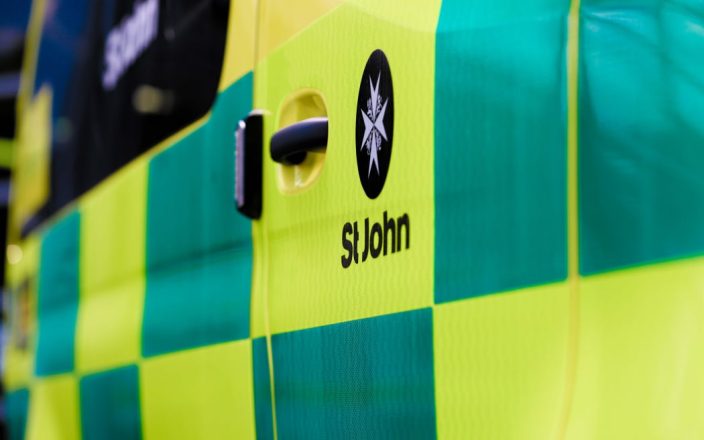Nhân viên cứu thương và những người nhận cuộc gọi tại St John Ambulance đang đình công lần đầu tiên. Cuộc đình công 24 giờ này sẽ diễn ra vào thứ Ba, nhưng St John hứa sẽ vẫn đáp ứng các trường hợp khẩn cấp đe dọa tính mạng. Mọi người có thể tiếp tục gọi 111 để được giúp đỡ.
Cuộc đình công sẽ ảnh hưởng đến người lao động trong bốn giờ đầu tiên của ca làm việc của họ, từ 4 giờ sáng thứ Ba đến 4 giờ sáng thứ Tư. Thời gian bận rộn nhất trong cuộc đình công sẽ là từ 6 giờ sáng đến 10 giờ sáng và 6 giờ tối đến 10 giờ tối, khi hầu hết các nhân viên được lên lịch làm việc.
Mark Quin, thư ký của Hiệp hội Xe cứu thương New Zealand, bày tỏ sự thất vọng về cuộc đình công. Ông nói công nhân thất vọng sau 19 tháng đàm phán thất bại. “Nó thật khó chịu. Đây là lần đầu tiên chúng tôi phải rút lao động. Nhân viên đã đủ rồi”, ông nói. Ông đề cập rằng công nhân đoàn kết và tức giận với St John vì tình hình này.
St John Ambulance tuyên bố họ không thể cải thiện đề nghị trả lương của mình nếu không có thêm tài trợ của chính phủ. Dan Ohs, giám đốc hoạt động xe cứu thương, cho biết tuần trước họ đã đưa ra một đề nghị mới cho các công đoàn sau khi nhận được một số tài trợ. Tuy nhiên, lời đề nghị là không đủ, và các cuộc đàm phán đã bị phá vỡ. St John quyết định chuẩn bị cho cuộc đình công thay vì tiếp tục đàm phán.
Ohs đề cập rằng Health New Zealand và ACC nhận thức được tình hình nhưng không có thêm tiền để giúp đỡ St John. Ông hy vọng họ sẽ đề nghị thêm tiền cho các bộ trưởng, sau đó có thể được sử dụng để trả lương cho nhân viên.
Tuy nhiên, Quin chỉ ra rằng các công đoàn cảm thấy bị mắc kẹt giữa St John, các nhà tài trợ và chính phủ. Ông nêu lên những lo ngại về quản lý tài chính của St John và đặt câu hỏi về việc tài trợ sẽ đi đâu. Ông lưu ý rằng đề nghị trả lương hiện tại thậm chí không theo kịp lạm phát.
Có vẻ như cuộc đình công tiếp theo sẽ diễn ra theo kế hoạch vào thứ Bảy, bắt đầu lúc 4 giờ sáng. Các công đoàn và St John sẽ không gặp lại nhau cho đến ngày 29 và 30 tháng 8. Quin cho biết các công đoàn sẵn sàng đàm phán bất cứ lúc nào và đang chờ St John liên hệ.



























































